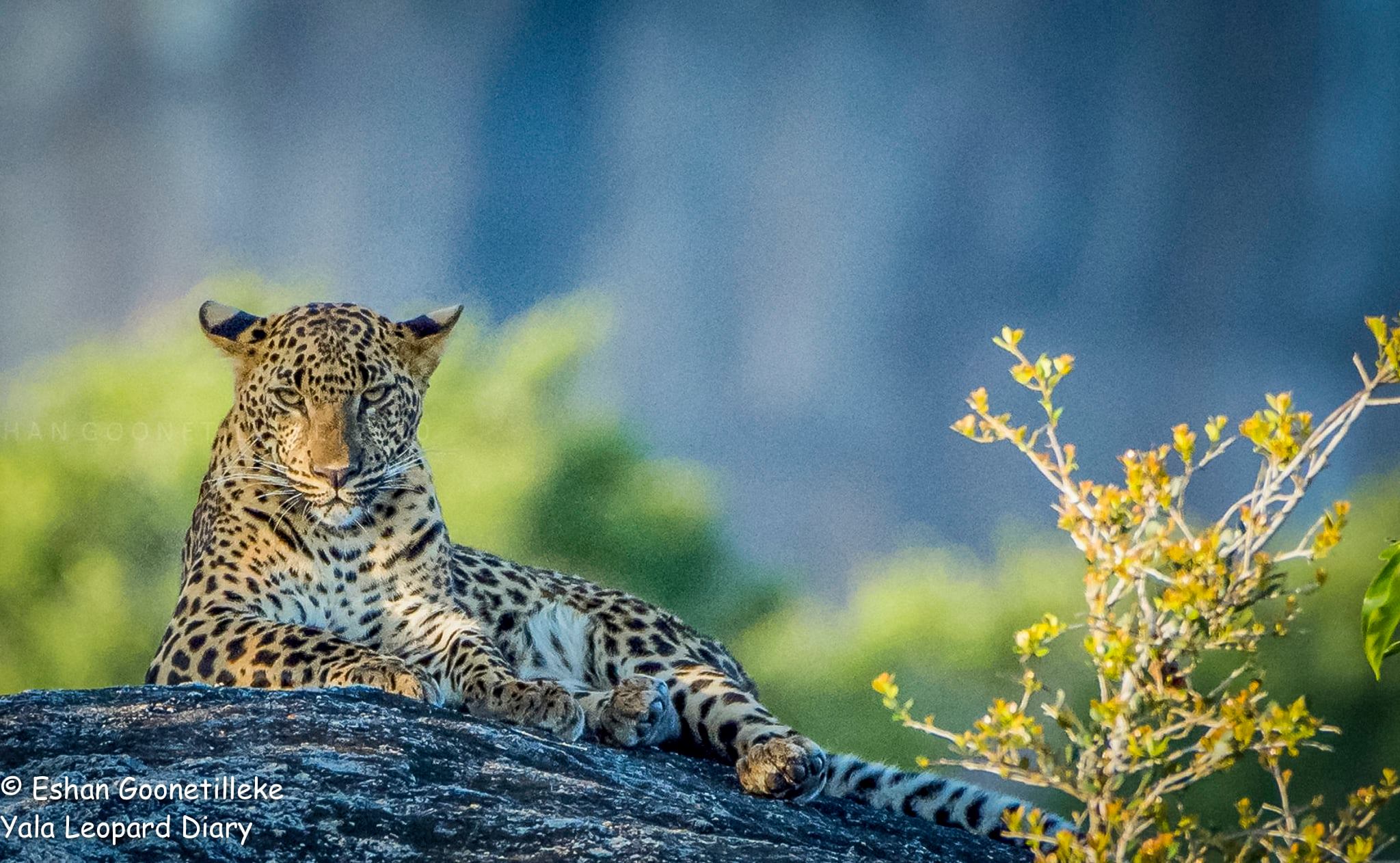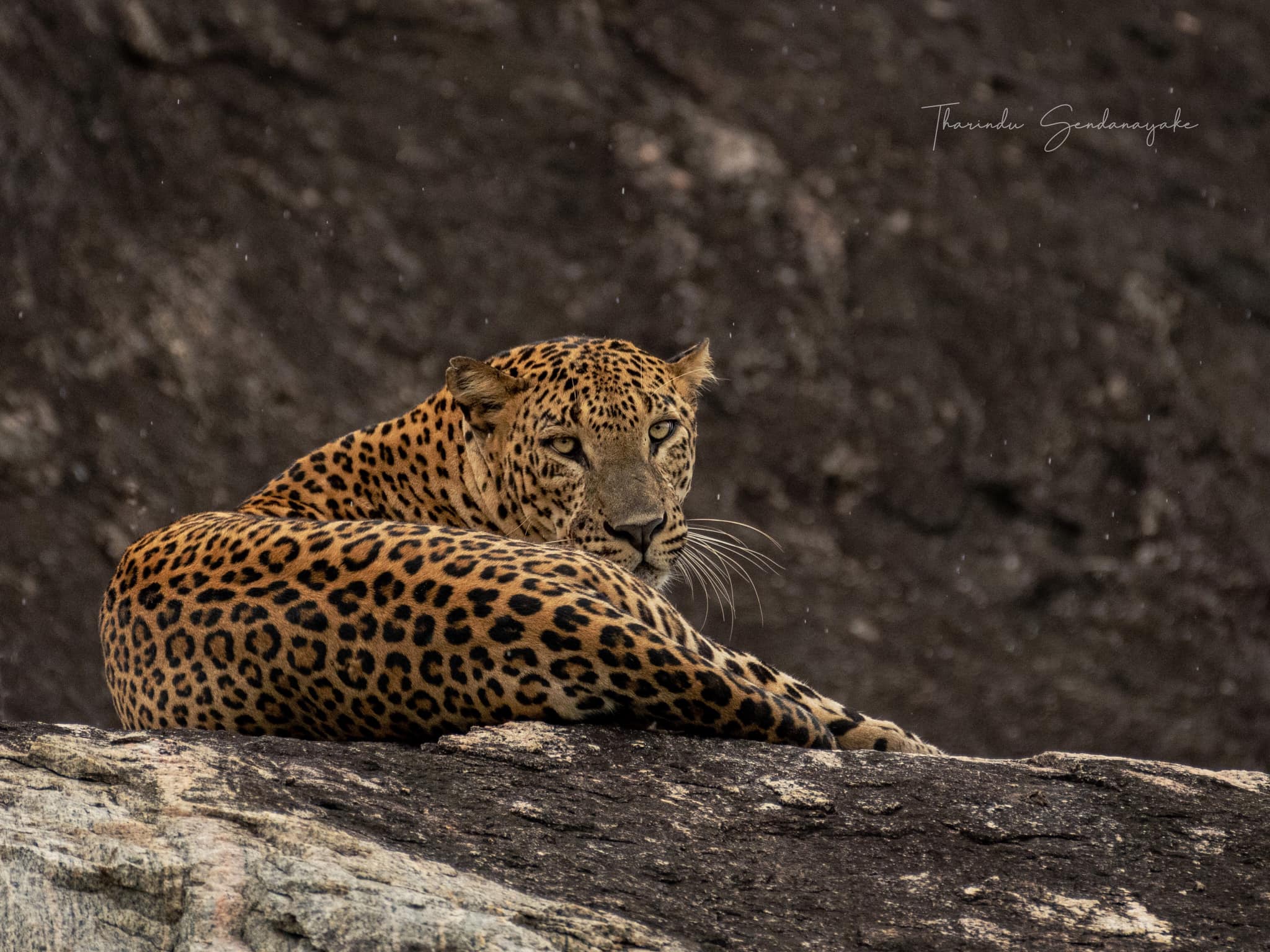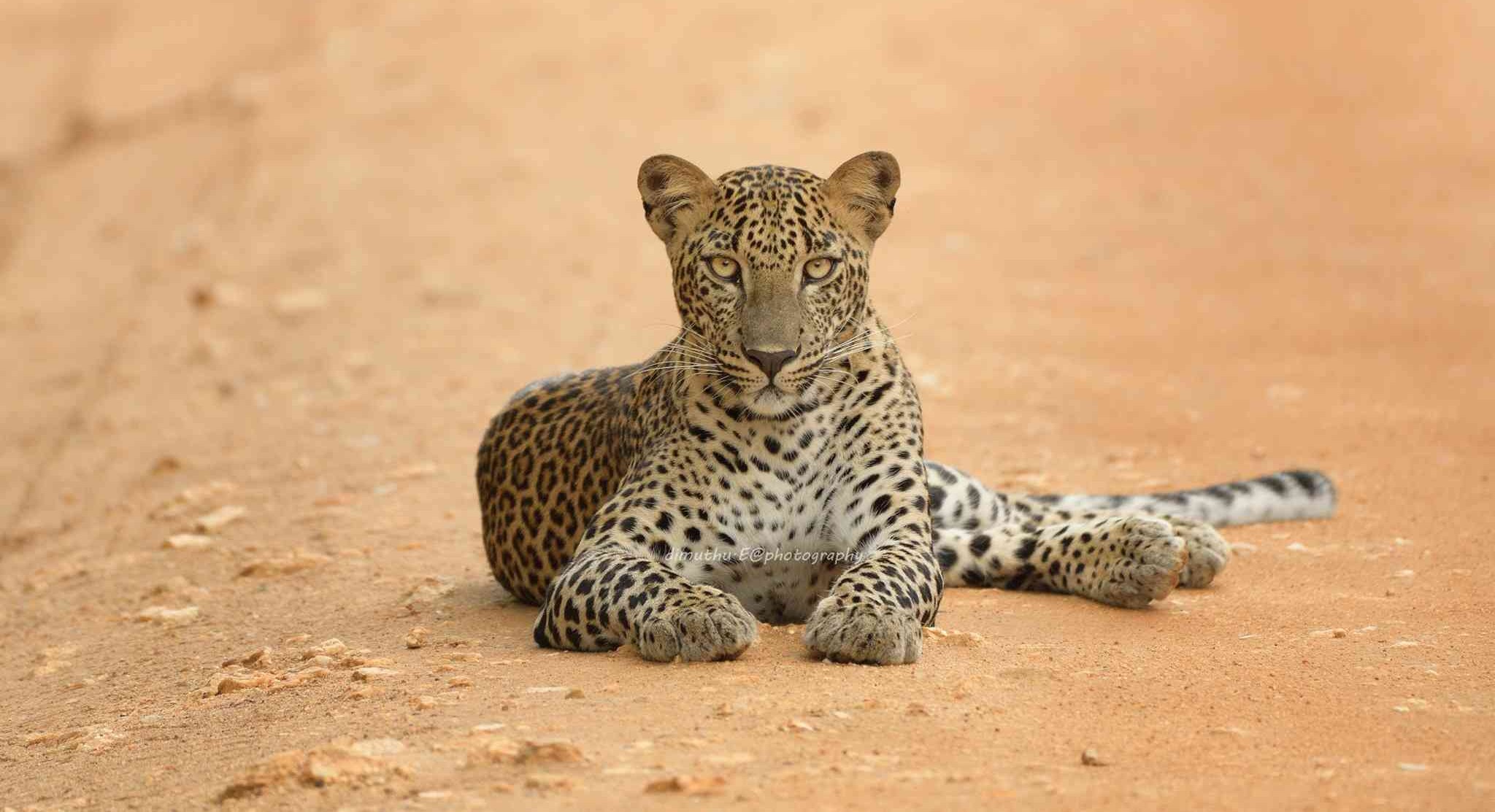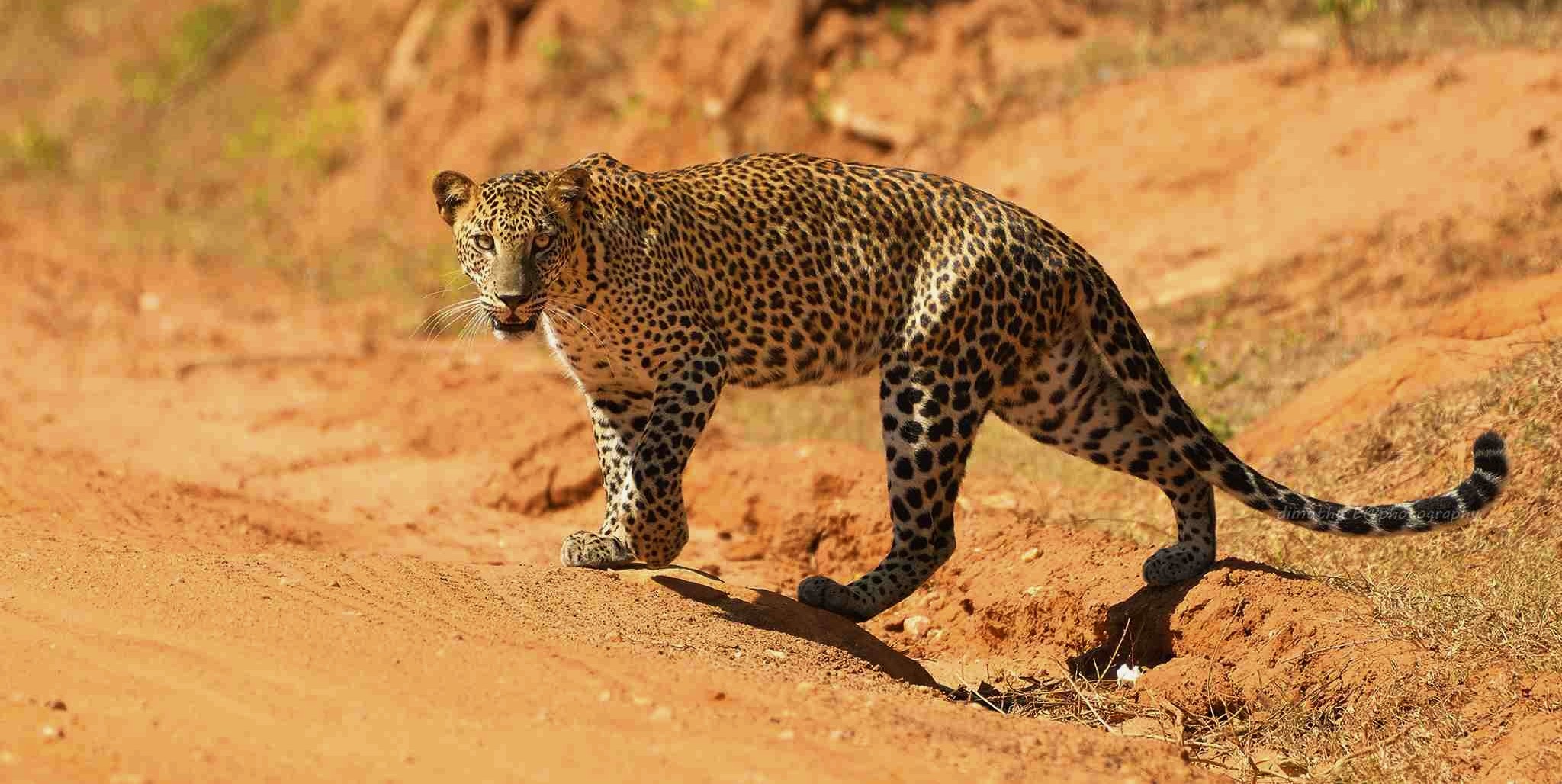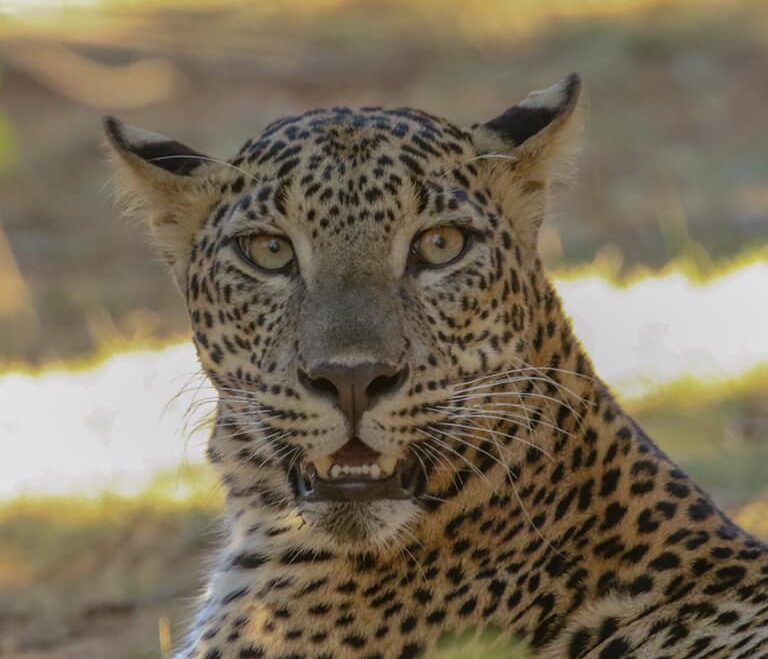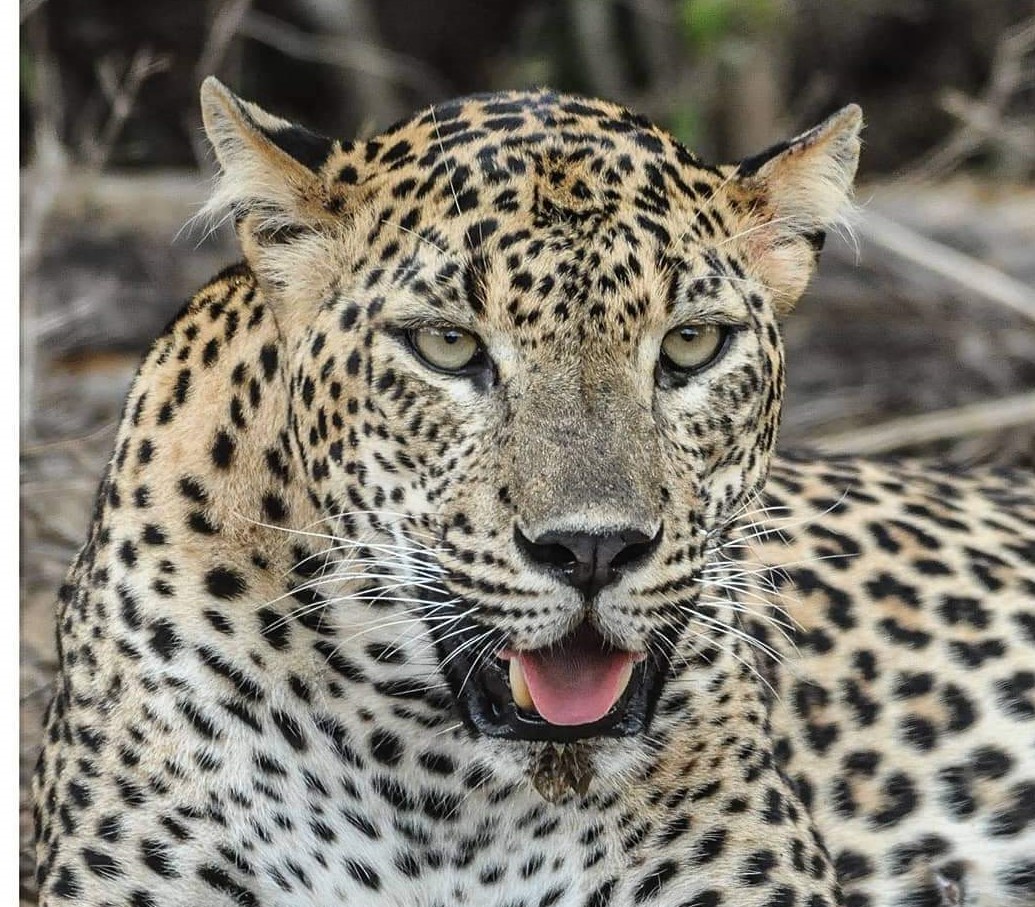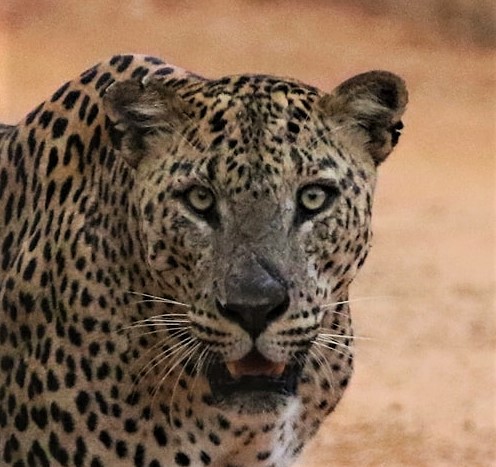Leopards of Yala - Sighted Recently
This female cub was first sighted at Thelambu Kema in early June 2019, with her mother, the Thelabu Kema 3:3 female, as a 2/3 months old cub. Again in July 2019, this cub was seen by herself, around the same area. She showed to be quite outgoing even at that time.
Palugas Wala 4:2 female was born in late 2018, around Karawgas Wala and Ūraniya area with another sibling. Early September 2020, she was seen at Galalukada Wewa. Seems like she was looking for a territory out there, due to the high density of leopards in her birthplace. Anyways, she was seen again around Buthawa plain, Karawgas Wala, Ūraniya, and Welmalkema since the beginning of 2021.
The new king of the North, Lōlugas Wala 4:3 male was first seen in November 2018 as a very young cub with his two siblings. By mid-2020, he started to explore new areas that were away from his mother’s territory. This male was seen at Gōnagala Wewa in September 2020 and he moved back to Kotigala in October 2020.
Kudāseelawa 2:2 female was born in late 2019, with her sister, the Kudāseelawa 1:2 female. They have been the celebrities of the South of Yāla block 1 for the year 2020. They are frequently seen around Kudāseelawa, Mahaseelawa, Weli Āra, Pattiya Wala, Jamburagala Road, and Tanki Gala. They were observed with the Wilapalawa 2:3 male several times.
Kudāseelawa 1:2 female was born in late 2019, with her sister, the Kuādseelawa 2:2 female. They have been the celebrities of the South of Yala block 1 for the year 2020. They are frequently seen around Kudāseelawa, Mahaseelawa, Weli Āra, Pattiya Wala, Jamburagala Road, and Tanki Gala.
Welmalkema 4:4 female is a well-known leopard among the safari community, due to her coolness towards jeeps. This behavior is the polar opposite of her mother, the Welmalkema 4:3 female. In 2020, she was seen several times with the Kaluwara Bōkkuwa 2:3 around Welmalkema and adjacent areas.
Weli Āra 2:2 male was first photographed for identification in December 2017, near the Weli Āra Junction. He is quite easy to identify due to his short tail. Weli Āra 2:2 male took the territory from the old Jamburagala 4:5 male in 2018 (since late 2018, the Jamburagala male was missing).
